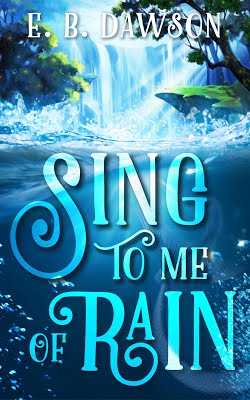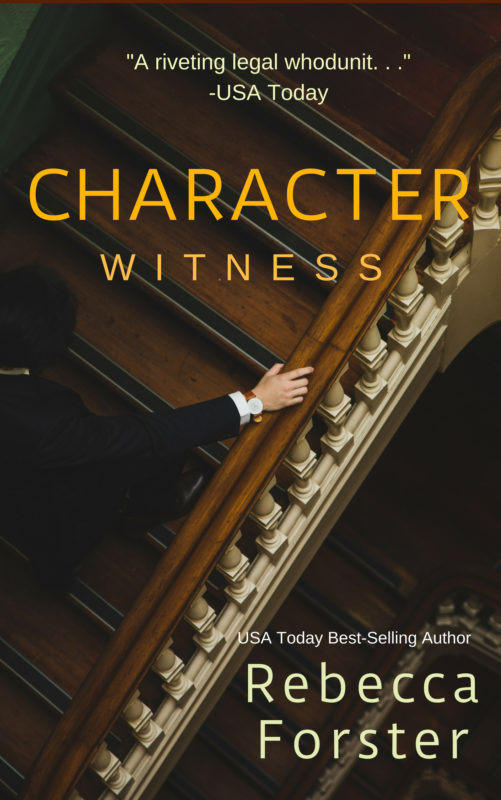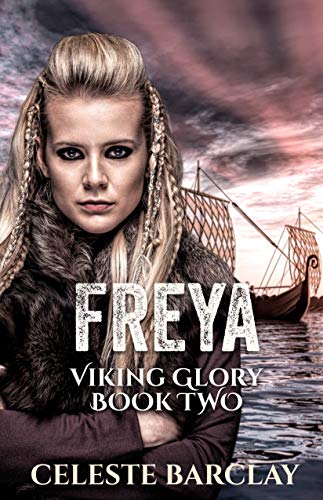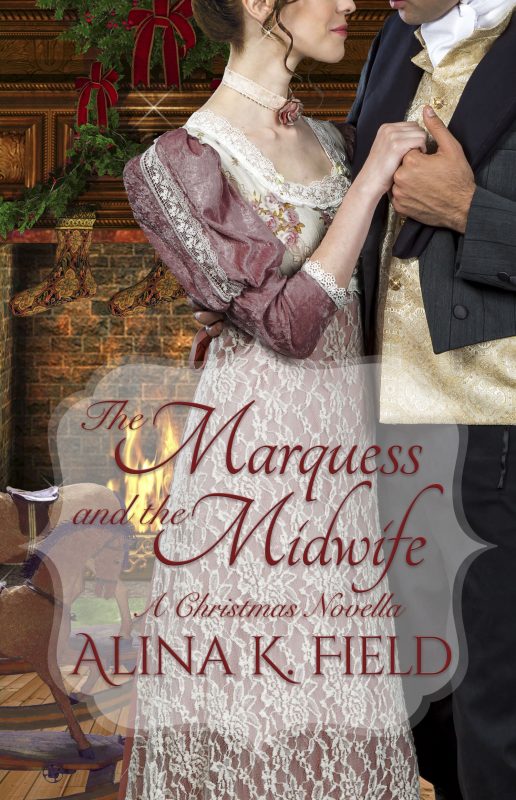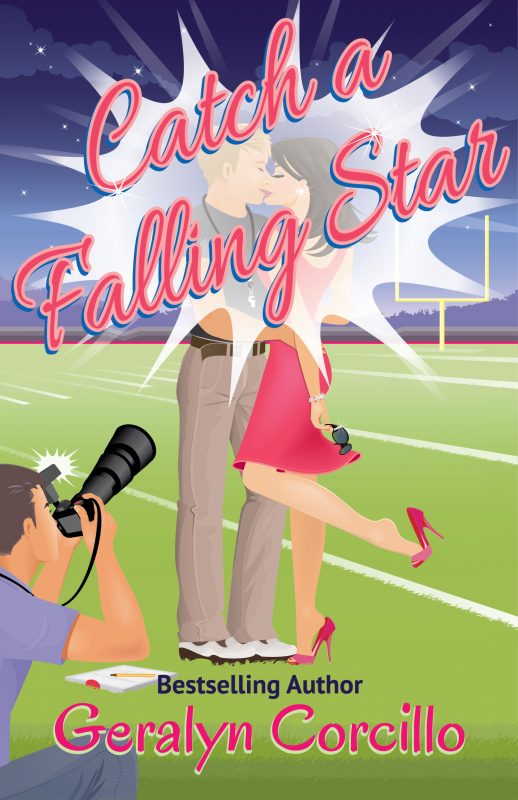WHAT A CHARACTER
August 15, 2012 by A Slice of Orange in category Archives tagged as character, characterization, Rebecca ForsterWhat if Scarlett O’Hara was a blonde… by Jina Bacarr
January 11, 2011 by A Slice of Orange in category Archives tagged as Adventures in Writing, blonde samurai, character, Confessions of a Podcast Goddess, Gone with the Wind, heroine, Margaret Mitchell, Scarlett, Scarlett O'Hara, writer's LifeI love historicals. Reading them, writing them.
And creating the perfect heroine. But is she a blonde, a brunette or a redhead? We writers wrestle with this question every time we put fingertips to keyboard. Sometimes the character is so clear in our minds, we know for certain she’s a natural blonde (and if she isn’t, well, we won’t tell–it’s up to the hero to see if the collar matches the cuffs).
Imagine if Scarlett O’Hara was a blonde…
Do you remember the vivid opening scene with Scarlett surrounded by the redheaded Tarleton twins? Her beautiful dark hair provided a rich halo around her face and provided a contrast against her white organdy dress with flounces and flounces of ruffles. The red belt cinching in her tiny waist was the perfect accent piece to complete her outfit.
Was this what Margaret Mitchell envisioned when she wrote “Gone With the Wind?â€
In a word, no.
Ms. Mitchell describes a “green flowered-muslin†dress, not the white one. Although in the film, Scarlett does show up at the Twelve Oaks BBQ in a similar dress (who can ever forget the scene in the film when Scarlett throws a porcelain bowl across the room not knowing Rhett is lying on the couch out of her pov and he pops up with the line: “Has the war started yet?†Pure classic romantic attraction).
Which brings me to the question: how important to you as a writer and/or reader is the heroine’s hair color?
Her clothes?
Do you enjoy reading descriptions of what she’s wearing? Do designer labels intrigue you or turn you off?
I must admit I enjoyed designing my heroine’s wardrobe in “The Blonde Samurai†about a Victorian heiress who weds a British lord then falls in love with a handsome samurai.
Here is what Katie O’Roarke as Lady Carlton wore at a grand dinner:
“…Which was why I chose the color red. A defiant color, bold and perfect. I relished how the velvet gown in crushed strawberry hugged my body, the small cap sleeves sliding down my bare shoulders while the tiered soft bustle swayed behind me, the long train sweeping over the muted Oriental carpets. A long row of pearl buttons gave off an opaline luster, racing down my back like a game of dominoes.”
Tell me what you think about whether or not a description of the heroine’s hair color and her wardrobe enrich the story for you.
Frankly, my dear reader, I do give a damn…
http://www.jinabacarr.com/
The Blonde Samurai is a 2010 Reviewers Choice Award nominee for Romantic Times
Affiliate Links
A Slice of Orange is an affiliate with some of the booksellers listed on this website, including Barnes & Nobel, Books A Million, iBooks, Kobo, and Smashwords. This means A Slice of Orange may earn a small advertising fee from sales made through the links used on this website. There are reminders of these affiliate links on the pages for individual books.
Search A Slice of Orange
Find a Column
Archives
Featured Books
SING TO ME OF RAIN
An innocent naiad. A wounded boy. An adventure that will change their lives forever.
More info →CHARACTER WITNESS
Kathleen Cotter, junior partner at a past-its-prime Beverly Hills law firm gets a doozy of a first case.
More info →FREYA Viking Glory Book Two
What happens when an immovable object meets an unstoppable force? Sparks fly and love blooms.
More info →THE MARQUESS AND THE MIDWIFE
Uncovering a lie drives a new Marquess back from a self-imposed exile to find the only woman he’s ever loved.
More info →CATCH A FALLING STAR
A TV star tells the paparazzi she's engaged to a high school football coach, but she doesn't tell him … because she barely even knows him.
More info →Newsletter
Contributing Authors
Search A Slice of Orange
Find a Column
Archives
Authors in the Bookstore
- A. E. Decker
- A. J. Scudiere
- A.J. Sidransky
- A.M. Roark
- Abby Collette
- Alanna Lucus
- Albert Marrin
- Alice Duncan
- Alina K. Field
- Alison Green Myers
- Andi Lawrencovna
- Andrew C Raiford
- Angela Pryce
- Aviva Vaughn
- Barbara Ankrum
- Bethlehem Writers Group, LLC
- Carol L. Wright
- Celeste Barclay
- Christina Alexandra
- Christopher D. Ochs
- Claire Davon
- Claire Naden
- Courtnee Turner Hoyle
- Courtney Annicchiarico
- D. Lieber
- Daniel V. Meier Jr.
- Debra Dixon
- Debra H. Goldstein
- Debra Holland
- Dee Ann Palmer
- Denise M. Colby
- Diane Benefiel
- Diane Sismour
- Dianna Sinovic
- DT Krippene
- E.B. Dawson
- Emilie Dallaire
- Emily Brightwell
- Emily PW Murphy
- Fae Rowen
- Faith L. Justice
- Frances Amati
- Geralyn Corcillo
- Glynnis Campbell
- Greg Jolley
- H. O. Charles
- Jaclyn Roché
- Jacqueline Diamond
- Janet Lynn and Will Zeilinger
- Jaya Mehta
- Jeannine Atkins
- Jeff Baird
- Jenna Barwin
- Jenne Kern
- Jennifer D. Bokal
- Jennifer Lyon
- Jerome W. McFadden
- Jill Piscitello
- Jina Bacarr
- Jo A. Hiestand
- Jodi Bogert
- Jolina Petersheim
- Jonathan Maberry
- Joy Allyson
- Judy Duarte
- Justin Murphy
- Justine Davis
- Kat Martin
- Kidd Wadsworth
- Kitty Bucholtz
- Kristy Tate
- Larry Deibert
- Larry Hamilton
- Laura Drake
- Laurie Stevens
- Leslie Knowles
- Li-Ying Lundquist
- Linda Carroll-Bradd
- Linda Lappin
- Linda McLaughlin
- Linda O. Johnston
- Lisa Preston
- Lolo Paige
- Loran Holt
- Lynette M. Burrows
- Lyssa Kay Adams
- Madeline Ash
- Margarita Engle
- Marguerite Quantaine
- Marianne H. Donley
- Mary Castillo
- Maureen Klovers
- Megan Haskell
- Melanie Waterbury
- Melisa Rivero
- Melissa Chambers
- Melodie Winawer
- Meriam Wilhelm
- Mikel J. Wilson
- Mindy Neff
- Monica McCabe
- Nancy Brashear
- Neetu Malik
- Nikki Prince
- Once Upon Anthologies
- Paula Gail Benson
- Penny Reid
- Peter J Barbour
- Priscilla Oliveras
- R. H. Kohno
- Rachel Hailey
- Ralph Hieb
- Ramcy Diek
- Ransom Stephens
- Rebecca Forster
- Renae Wrich
- Roxy Matthews
- Ryder Hunte Clancy
- Sally Paradysz
- Sheila Colón-Bagley
- Simone de Muñoz
- Sophie Barnes
- Susan Kaye Quinn
- Susan Lynn Meyer
- Susan Squires
- T. D. Fox
- Tara C. Allred
- Tara Lain
- Tari Lynn Jewett
- Terri Osburn
- Tracy Reed
- Vera Jane Cook
- Vicki Crum
- Writing Something Romantic
Affiliate Links
A Slice of Orange is an affiliate with some of the booksellers listed on this website, including Barnes & Nobel, Books A Million, iBooks, Kobo, and Smashwords. This means A Slice of Orange may earn a small advertising fee from sales made through the links used on this website. There are reminders of these affiliate links on the pages for individual books.




